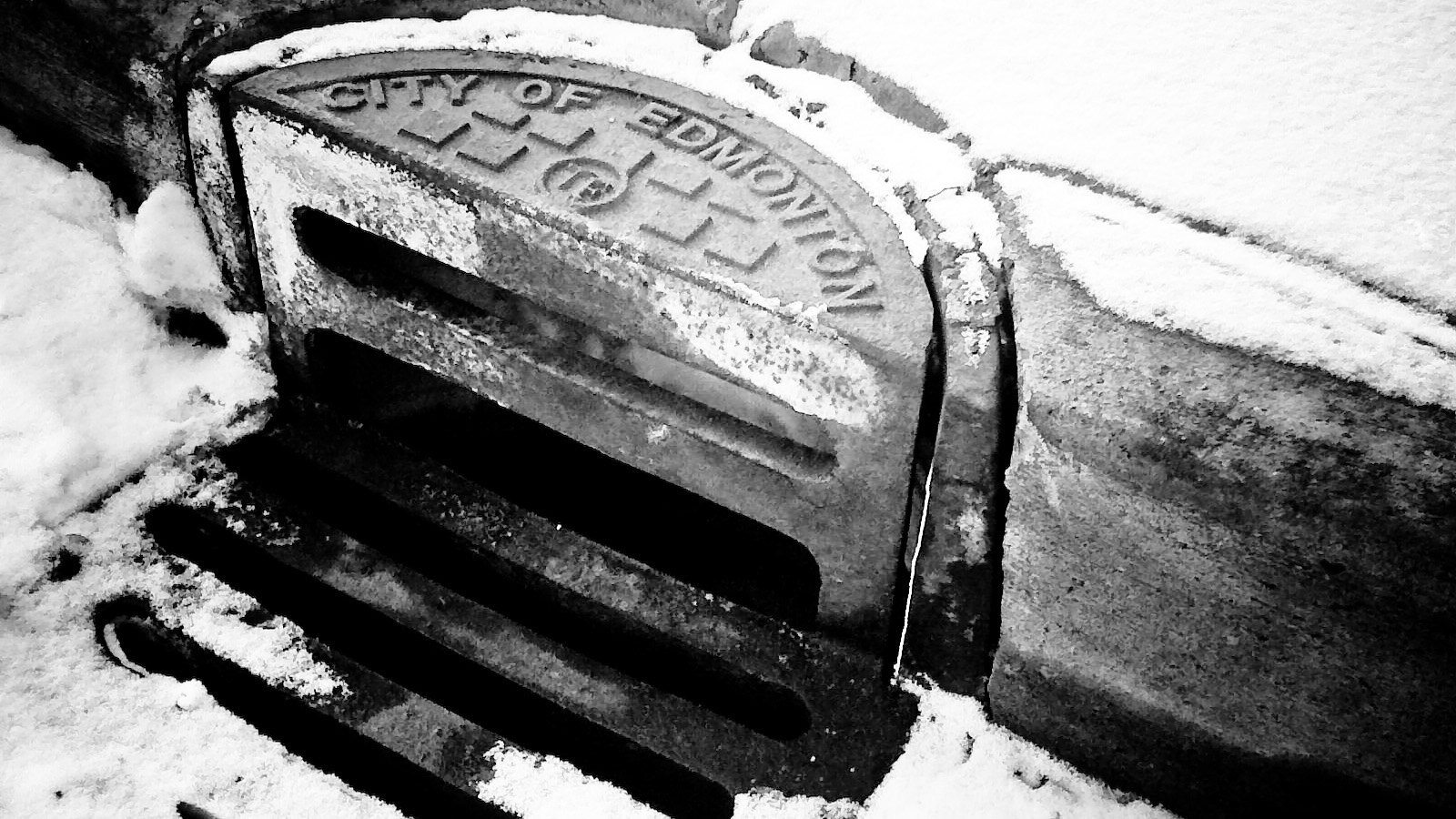When it comes to commercial development projects, proper drainage is often overlooked. However, it plays a proactive role in the success and longevity of any construction project. Here, we will discuss the importance of proper drainage in commercial development and the various solutions available.
Prevents Water Damage
One of the main reasons why proper drainage is important in commercial development projects is to prevent water damage. Without proper drainage, water can accumulate and cause damage to the structure, leading to costly repairs and safety hazards. Roads and parking lots will shift and crumble without a properly designed drainage plan. This is especially important in locations with heavy rainfall or high-water tables.
Maintains Structural Integrity
Proper drainage also helps to maintain the structural integrity of a construction project. When water is not drained properly, it can seep into the foundation and weaken the structure over time. This can lead to cracks, shifting, and eventually failure. By implementing effective drainage solutions, the structure can remain stable and secure.
Erosion Prevention
In addition to causing damage to the structure, excess water can also cause erosion of the surrounding land. This can be particularly problematic for commercial development projects near bodies of water or on sloped terrain. Proper drainage helps to redirect water away from the construction site, preventing erosion and preserving the natural landscape.
Improves Safety
Proper drainage also plays a crucial role in ensuring the safety of the commercial development. Standing water can create sinkholes, increasing the risk of accidents and injuries. By implementing effective drainage solutions, the commercial development can remain safe and accessible for clients and employees.

Stormwater Pond in Airdrie, Alberta
Types of Drainage Solutions
There are various types of drainage solutions that can be implemented in commercial development projects, depending on the specific conditions of the site. These include surface water drainage, subsurface drainage, and combination systems. Managing surface water drainage involves the use of bioswales with native vegetation, dry ponds, culverts, ditches, stormwater ponds, slopes, soil stripping and other surface-level structures to convey water away from the site. Subsurface drainage involves the use of pipes and drains buried underground to collect and redirect water. Combination systems use a combination of both surface and subsurface drainage methods for optimal effectiveness.
Importance of Proper Design and Maintenance
Proper drainage solutions start with extensive planning to ensure that they are designed correctly with a professional civil engineer to avoid future problems. Improper design or neglecting maintenance can lead to flooding and safety hazards and defeat the purpose of having a drainage system in the first place. Be sure to engage a professional civil engineer determine the best drainage solutions for your specific site. Regular inspections and maintenance of these drainage systems is also required to manage future flood risk.
The Path Forward
Proper drainage is a crucial aspect of any commercial development project. It helps to prevent water damage, maintain structural integrity, prevent erosion, and improve safety. By implementing the right drainage solutions and ensuring proper design and maintenance, you can ensure the success and longevity of your construction project.
If you are looking for experienced civil engineering company to guide you through development projects in Edmonton and across Alberta, be sure to engage with Bolson Engineering and Environmental Services. We will be happy to consult with you as your trusted engineering partner.

